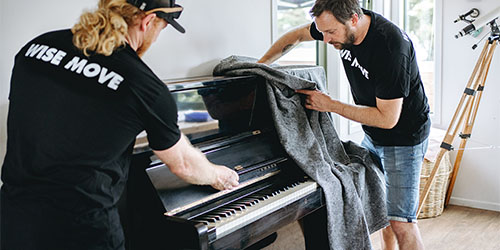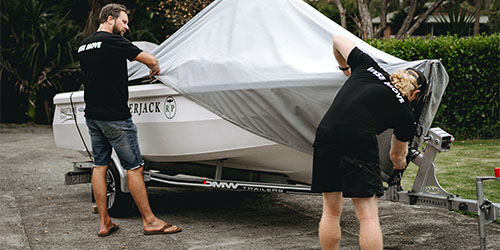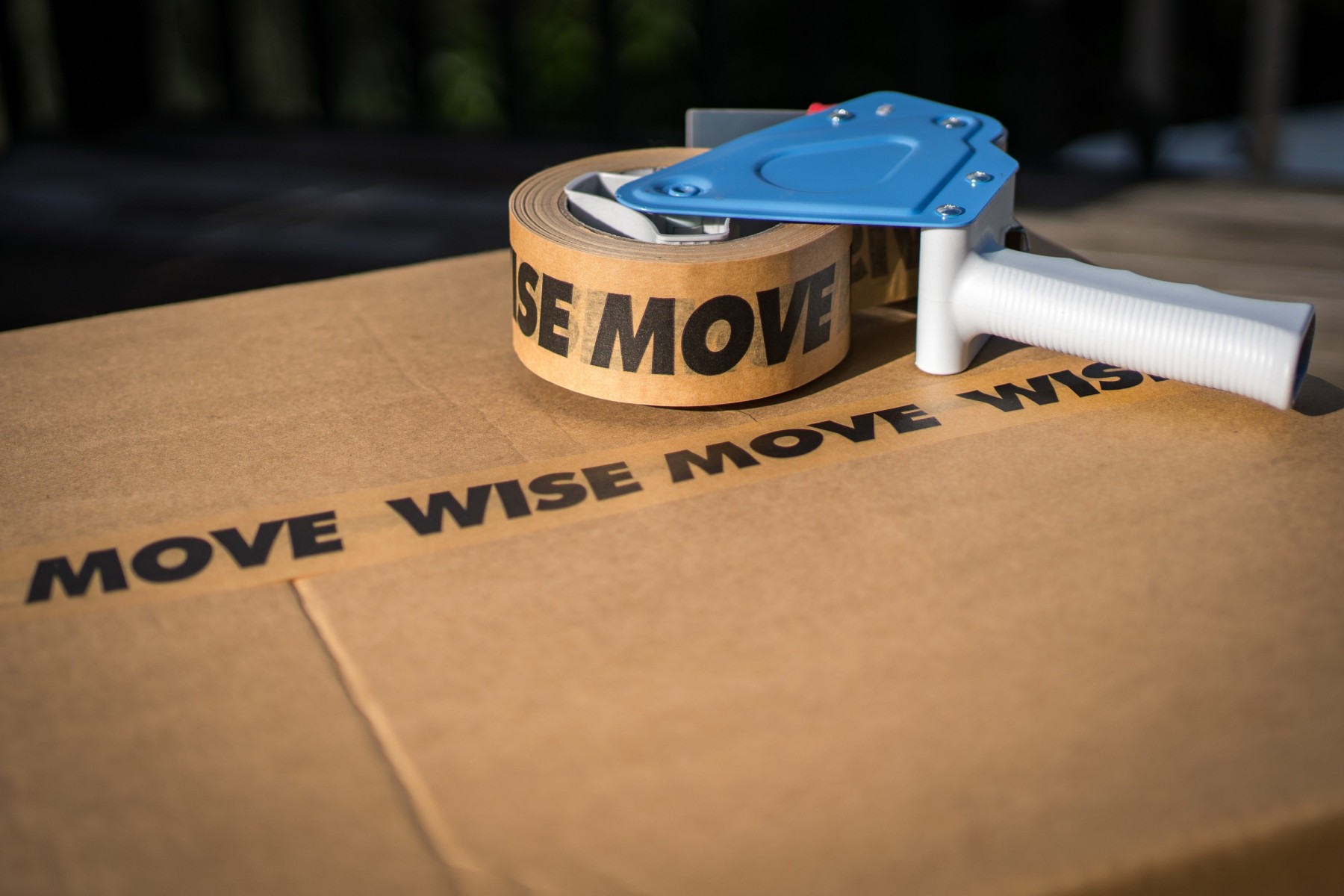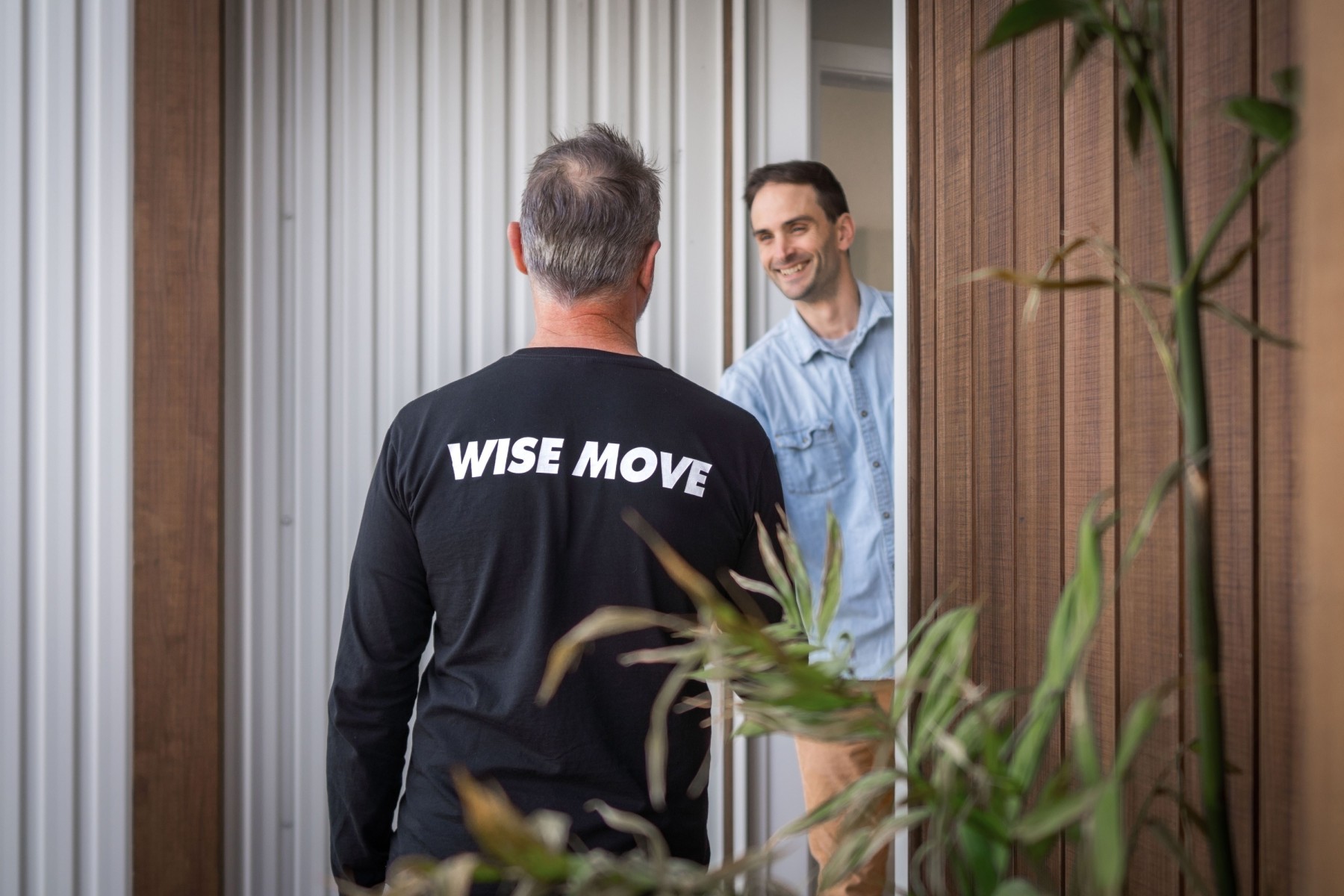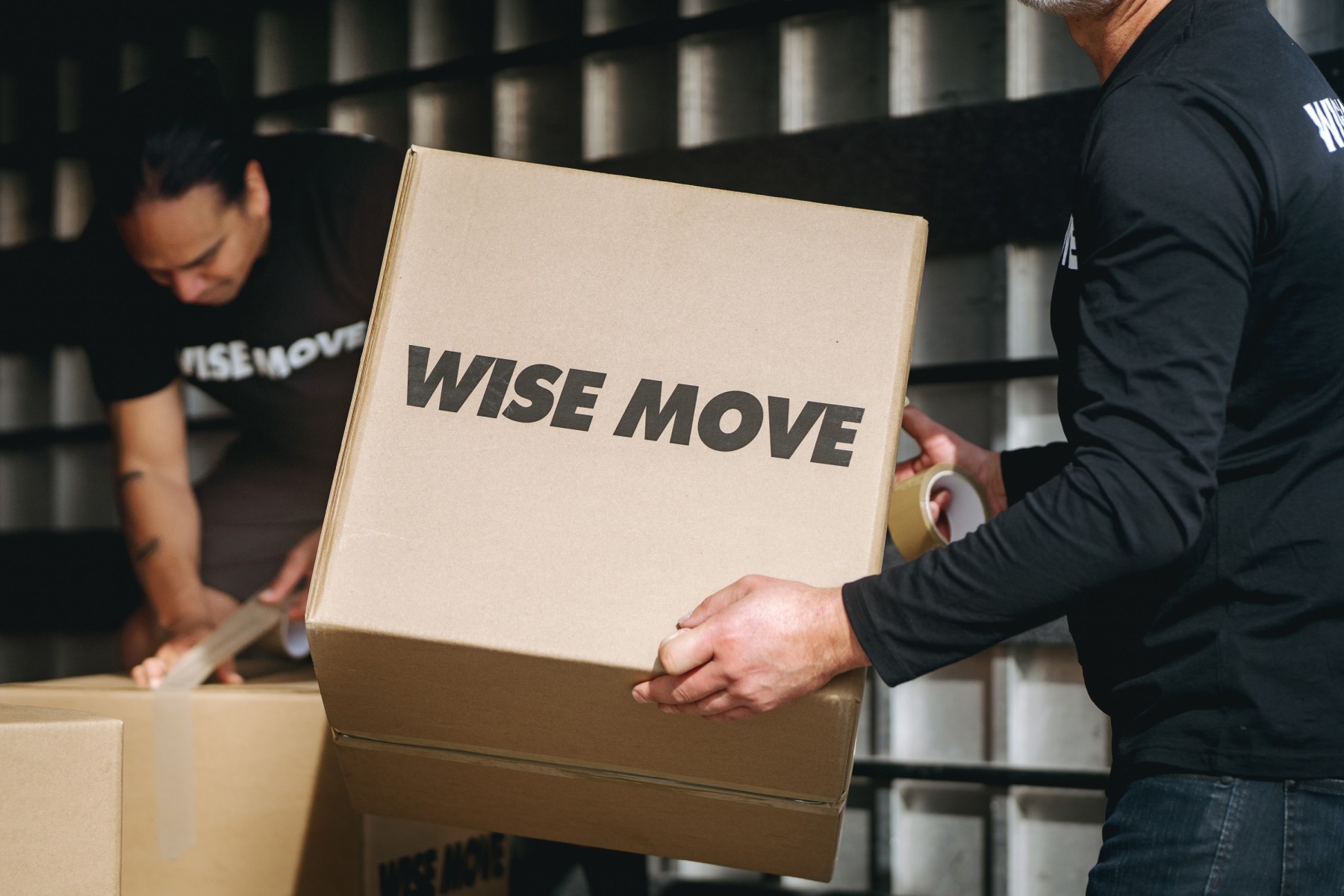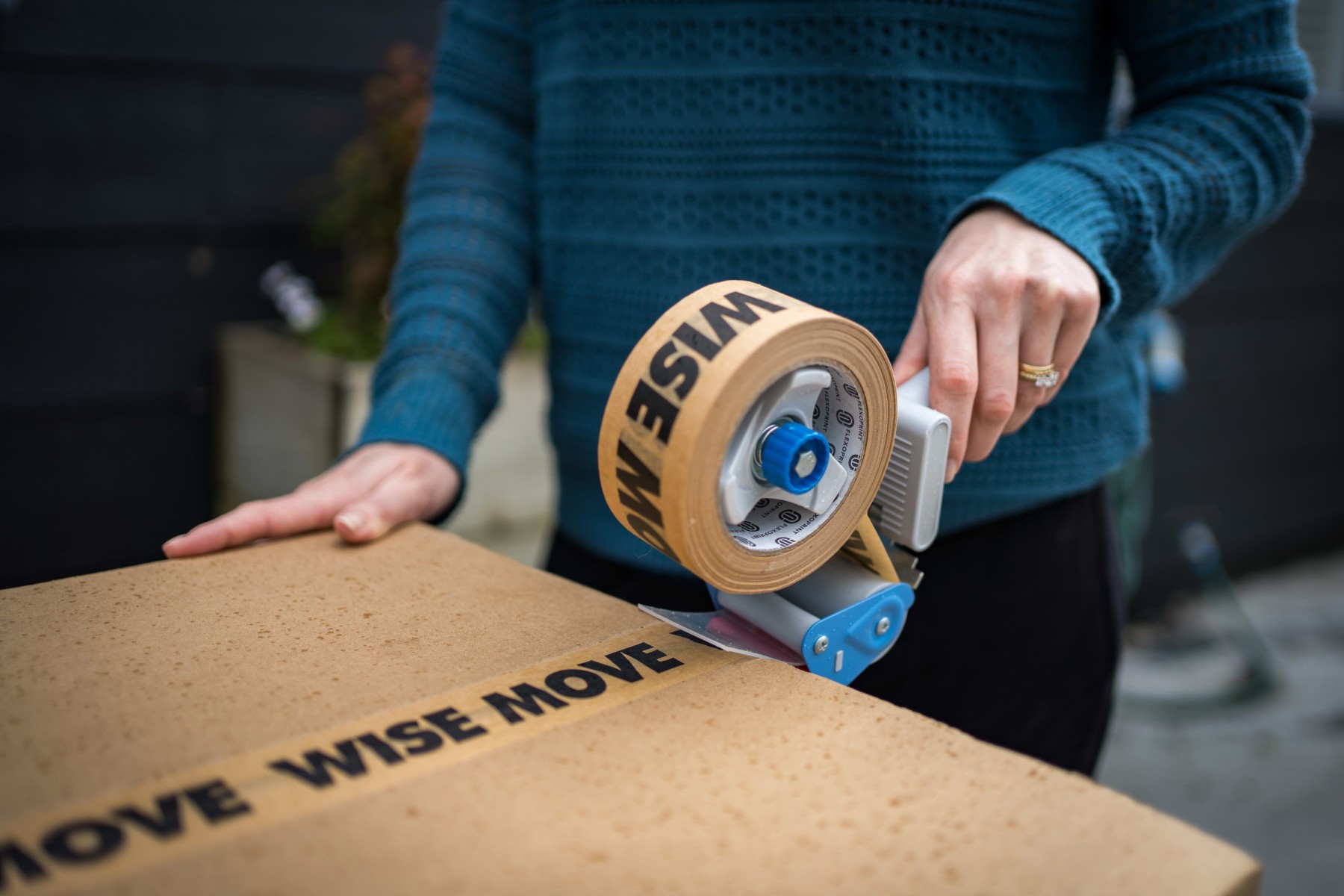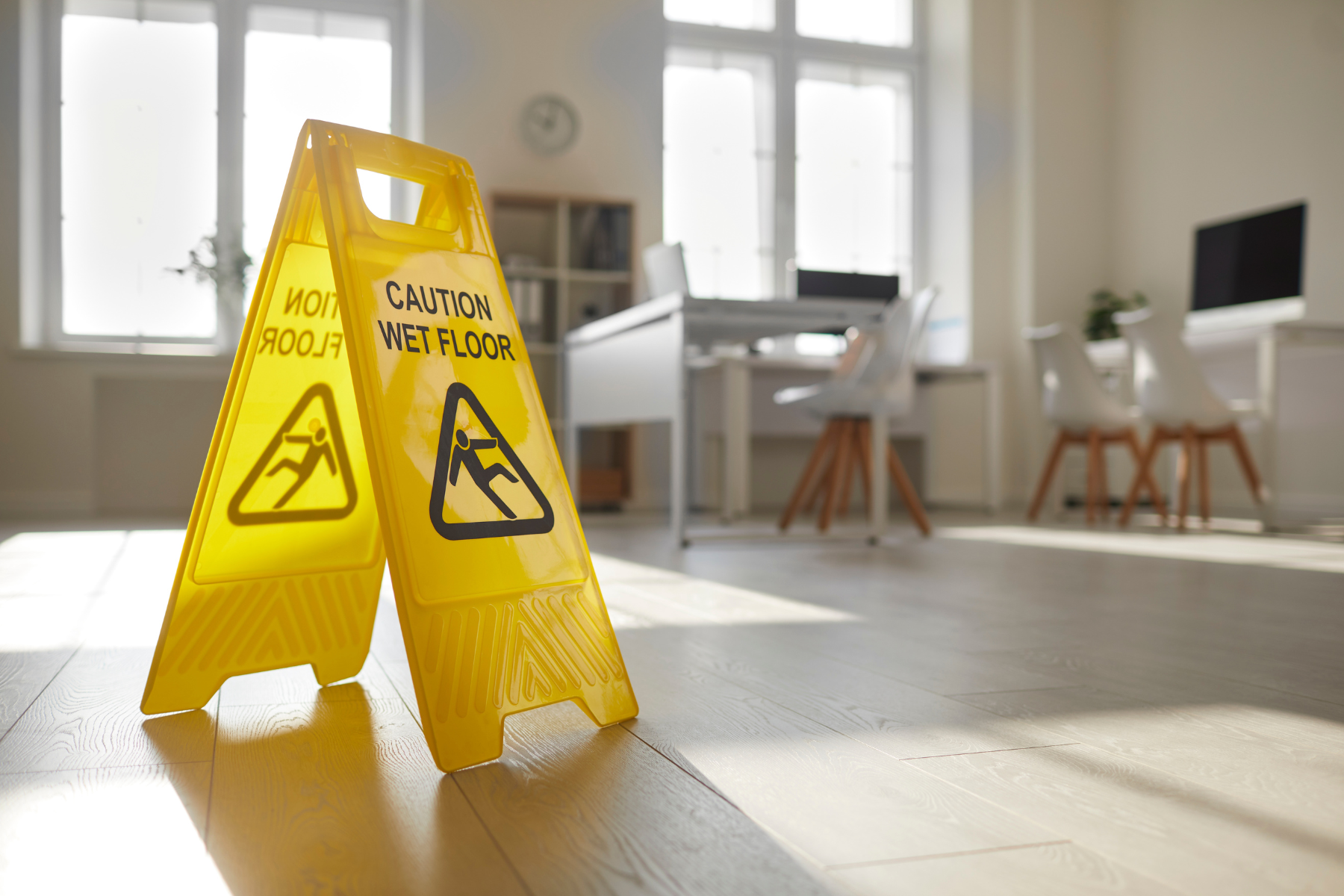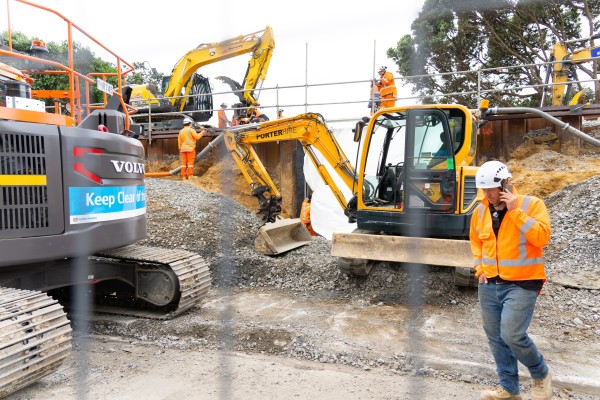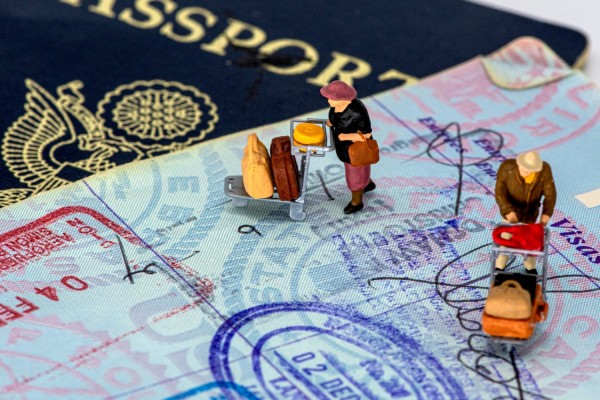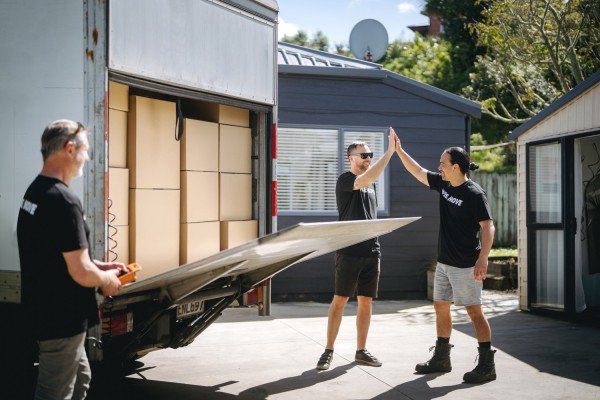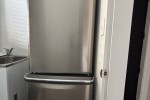Guide to a smooth office relocation in New Zealand

Moving your office might not be as simple as packing boxes and booking a moving truck. If you're responsible for your small-to-medium-sized business office move, you’ll know there’s a lot to think about. From finding a space that’s modern to choosing a location that works for everyone, it can be stressful trying to keep everyone in the office happy.
Whether your current space no longer meets seismic safety standards, your lease is expiring, or your team needs a more modern environment, relocating your office is a big project that requires more than good intentions; it requires a solid plan.
Operational staff and administrators are often the unsung heroes of an office move, juggling everything from IT setups and furniture logistics to lease negotiations and team communication. Without the right strategy, it’s easy for relocations to spiral into a stressful, chaotic experience for everyone involved.
This guide will help you plan and execute a seamless office move that keeps your team informed, operations running, and your sanity intact. From selecting the right site to creating a move-day checklist, we’ll walk you through the key decisions and details you need to get right.
What to think about before your office move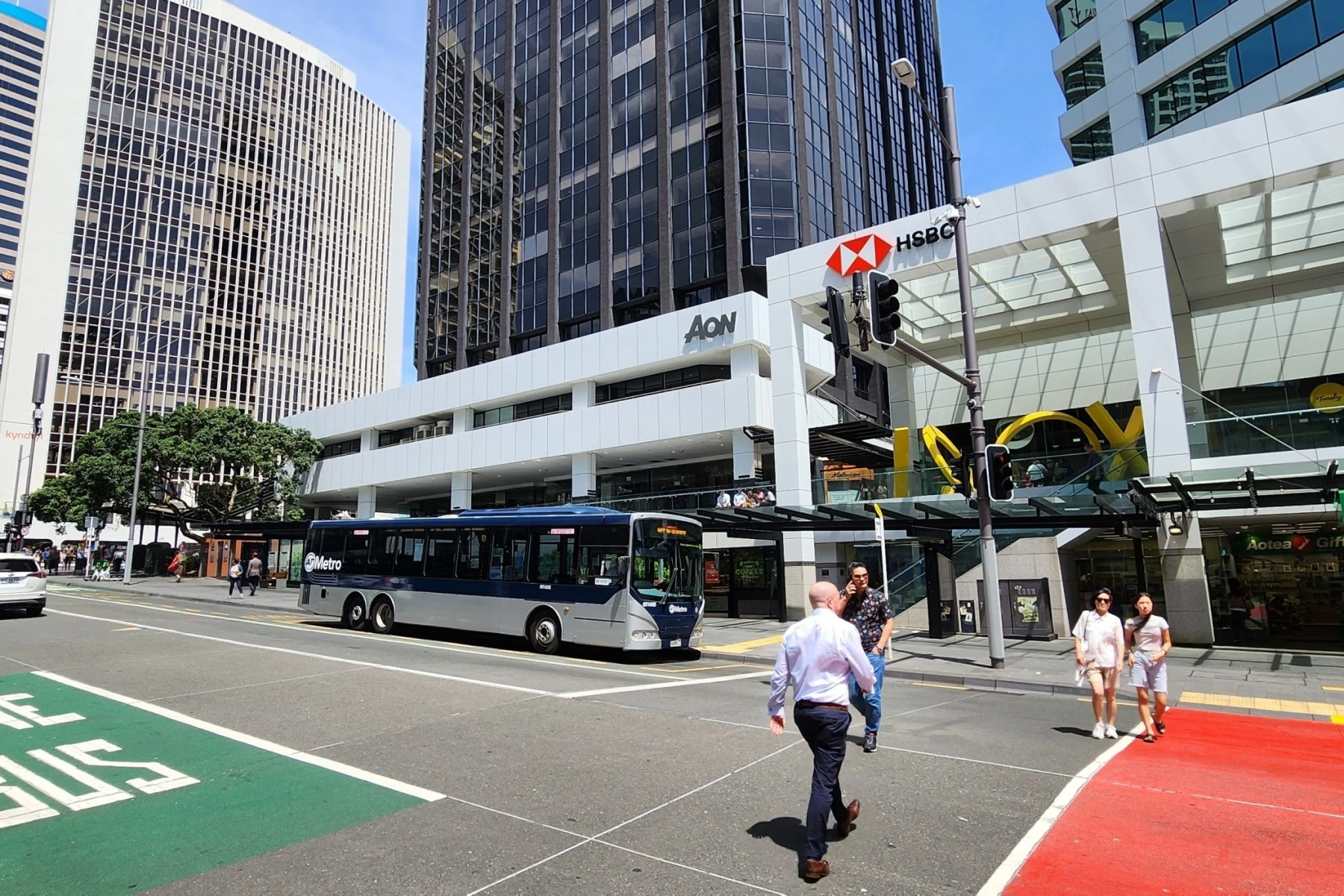
We’ve said it before, but there’s a lot to think about when it comes to relocating your office. When choosing a new office space, it’s important to think beyond square metres and rental costs. You should also consider how accessible and safe your building is for your staff.
Earthquake ratings
In New Zealand, where earthquake resilience is a serious consideration, you might find yourself moving out of a building due to updated safety requirements. Regardless of why you are moving, prioritise a high New Building Standard (NBS) rating when choosing a new space.
Accessibility
If you’re working in the public sector or want your office to reflect inclusive values, accessibility features like wheelchair access aren’t optional; they’re essential. Choose a new office that has lifts, ramps or other wheelchair and disability-friendly options already installed.
Public transport
Proximity to public transport, whether that’s by bus or train, can improve worker wellbeing by making it easier, faster and more affordable for people to get to and from work. Take note of how close your new office is to major public transport lines.
End of trip facilities
Bike storage, on-site showers or storage lockers can make it easier for people to bike or walk to work, take fitness classes during their lunch break or store personal items safely overnight.
Parking
If your office building is located in a suburb or out of the CBD, there may not be regular or reliable public transport. In this case, free parking (whether on-site or nearby) means that staff don’t have to spend a large portion of their pay on parking their vehicle for the day.
Office moving timeline
In New Zealand, most commercial leases are for a fixed period of at least a year. While planning a move a year in advance might feel like overkill, it could also give you enough time to check your current lease and ensure you’re giving your landlord enough notice. It will also take the pressure off doing everything at the last minute.
6–12 Months before moving office
Now is the time to start looking for a new office and checking the terms and conditions of your existing lease.
-
Make a spreadsheet of the number of desks, meeting rooms, parking options, and on-site amenities you need in a new space, then start researching locations that fit those requirements.
-
Get quotes from reputable office moving companies early in the process. You can use a platform like Wise Move to compare quotes easily. Be sure to check reviews, confirm they have experience with office moves, and ensure they’re properly insured.
-
Review your current lease to understand any notice periods, exit penalties, or obligations well before it’s time to give notice. The last thing you want is to miss the notice period for your existing lease.
-
Establish your budget (this is probably going to come from a manager or CEO). Include all aspects of the move, such as transport, packing materials, IT setup, potential downtime, and any new furniture or fittings you might need.
-
It’s a good idea to appoint a move manager or form a small team to take charge of the planning and coordination so that you’re not the only person responsible for the move. Try to include one person from each department in the team, even if it’s just for communication purposes.
-
Create a detailed inventory of everything in your current office that you’ll need to move with you, such as desks, filing cabinets or furniture.
-
Move the items that are outdated, old or broken to a separate area and then slowly sell, throw out or donate these items over the next few months.
3–6 Months before moving office
By now, you should have secured your new office premises and know exactly which date your move will take place.
-
Create a floor plan that outlines where each team will sit, where shared spaces like meeting rooms and break areas will be, and how storage will be organised. This will help you and the movers know where each item of furniture is supposed to go on move day.
-
Communicate the move to everyone who needs to know. If you’ve established a moving team, they can help spread the word to staff in each department. Don’t forget that outside parties need to know that you are moving, too. An email is a great first step, and placing a reminder on invoices, your email signatures or on letterhead will also help.
-
Update your business address across all channels, including your website, email signatures, Google My Business listings, and any official documents.
1–3 Months before moving office
Now is the time to plan the logistics of your move.
-
Talk to your IT team about coming up with a plan for backing up data, organising internet installation at the new site, and safely transporting computers, phones, and other tech.
-
Buy or organise quality packing supplies so that you have them on hand. Source enough packing boxes (reuse second-hand or buy new), and add labels, tape, and bubble wrap to your supply shopping list. You can also hire a removal company that can provide packing services.
Office moving week
Dedicate this week to moving. If it's possible, encourage employees to work from home so that only staff or service people involved in the move are on-site.
-
Pack and box up non-essential items first. Clearly label each box by team or function to make unpacking your new office easier.
-
Schedule a final walkthrough of both your current and future offices. Look for any issues, repairs, cleaning needs, painting or missing equipment that'll need to be taken care of before moving.
-
Share the plan for moving day with your team. Give each person a clear timeline of when to arrive and what they should be doing on moving day.
Office moving day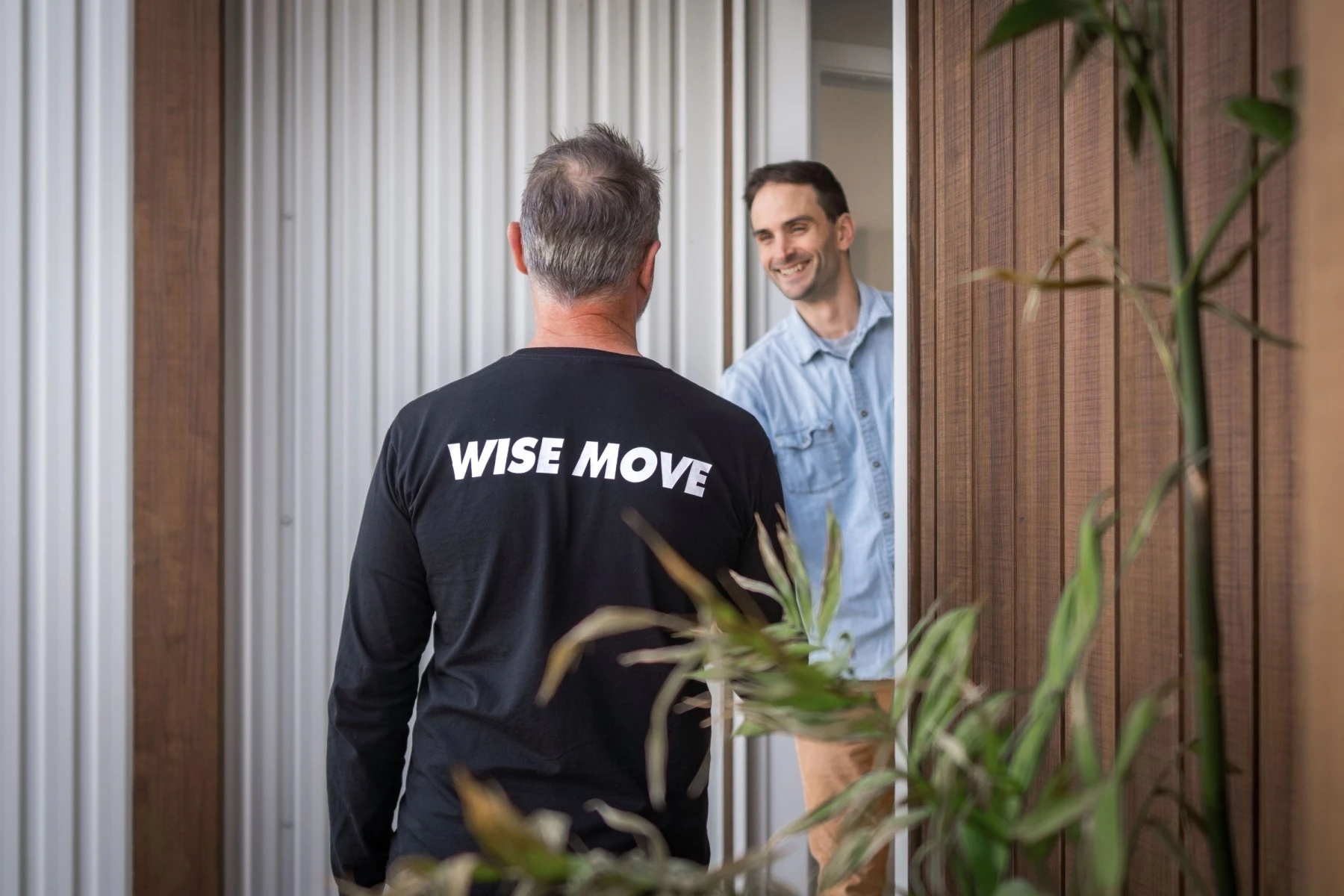
The big day is finally here. Sticking to the plan so far means that everything should run smoothly.
-
Meet your movers at the old office and guide them through the process. It's important to supervise as items are loaded and unloaded to ensure everything is handled carefully and directed to the correct areas in the new space.
-
Focus on getting essential systems up and running first, such as internet, phone lines, and any critical IT infrastructure, to minimise downtime. If possible, staff can work from home during this time so that you can get these systems up and running without compromising workflow.
-
When your team arrives, give them a quick walkthrough of the new space. Make them feel welcome and be ready to troubleshoot any issues that come up on day one to help everyone settle in quickly and comfortably.
Settling into your new office
While the big stuff (aka the actual moving) is taken care of, there’s still a lot to sort out. Don’t forget these items:
-
When unpacking, take a logical approach. Start by unpacking the essentials first. These are anything that will get your team up and running quickly, like workstations, shared equipment, and IT systems.
-
Don’t forget to update your new address on Google, supplier accounts, business directories, and any other online platforms to avoid confusion.
-
Check in with your team to see how the move went from their perspective. Gathering feedback after any big project can help you fine-tune the process for any future relocations.
Choosing the right office movers in New Zealand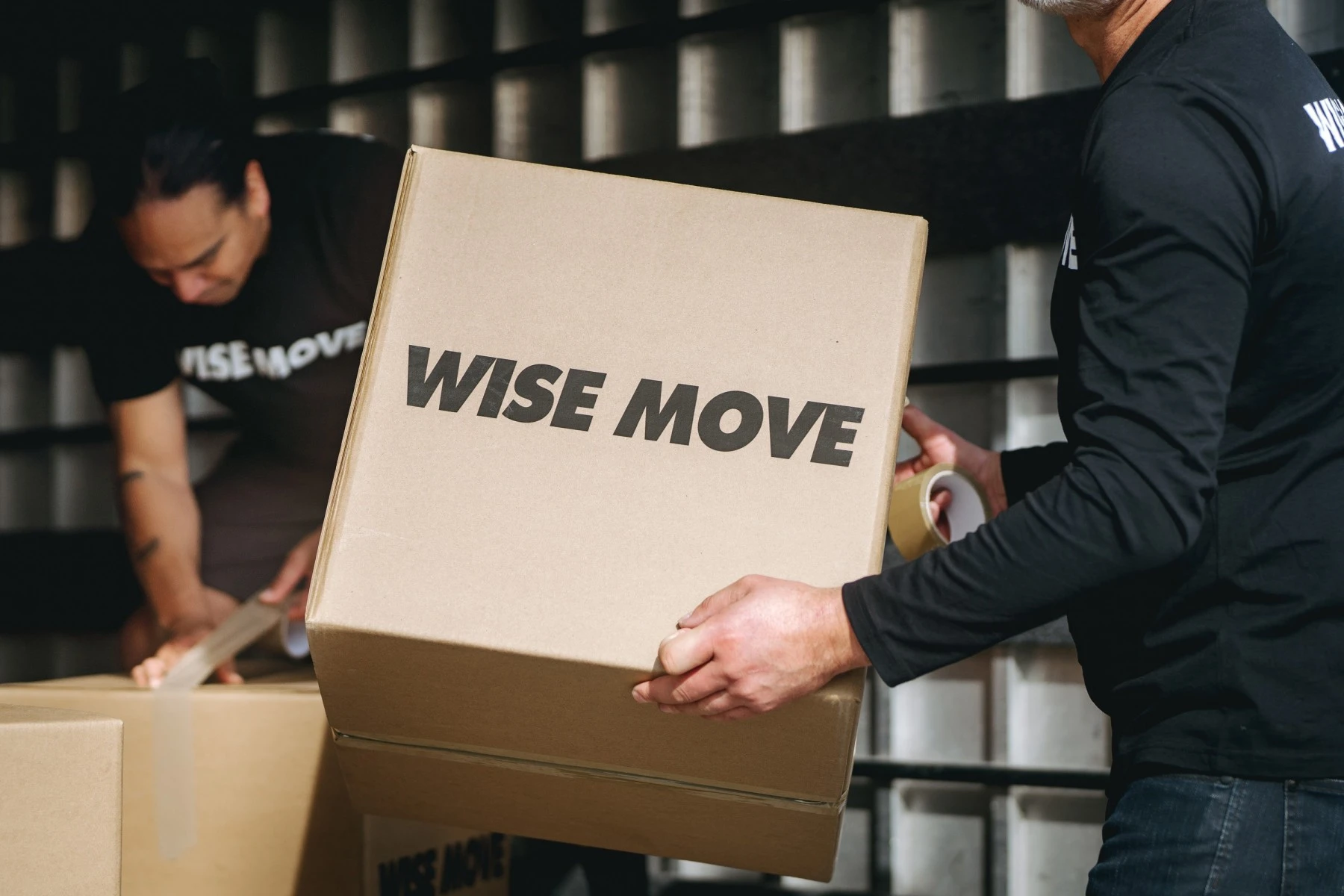
One of the most important steps in your office move is selecting reliable and trusted professional office movers. Trust us. You don’t want to leave the move up to your staff or agree to use a provider just because they are a friend-of-a-friend. Selecting a professional mover that is highly rated means that your equipment, valuables, furniture and any sensitive documents are in good hands. It will also make your office move go faster and according to plan.
With Wise Move, you’ll find access to New Zealand’s trusted office movers. Whether you’re based in Auckland or Christchurch, Dunedin or Gisborne, you can find an office relocation service that fits your business needs.
Costs involved in relocating your office
There’s no one-off fee for moving offices. Just like moving house, the cost can vary depending on a lot of factors:
-
The volume of furniture and items you need to move.
-
Accessibility of the building you are moving from and to.
-
The distance between your old and new offices.
-
Add-ons like paying for packing services or special handling for IT equipment, etc.
-
Weekend or after-hours moves (this can reduce disruption).
Local moves may range from NZ $500 to NZ $950. Larger or inter-city office moves can cost NZ $1,200 and NZ $1,500
How to keep the cost of your New Zealand office move down
While you want to get the best bang for your office move buck, be wary of accepting quotes that are too cheap. After all, you’re entrusting your computers, equipment and documents into the hands of another person, and price can reflect the quality of the service.
An easy way to ensure you’re getting a good price without compromising quality is to use a provider like Wise Move. They make it easy to get quotes from multiple providers by posting one enquiry, reading reviews of each provider that responds and accepting the quote that suits you best.
Packing tips for office moves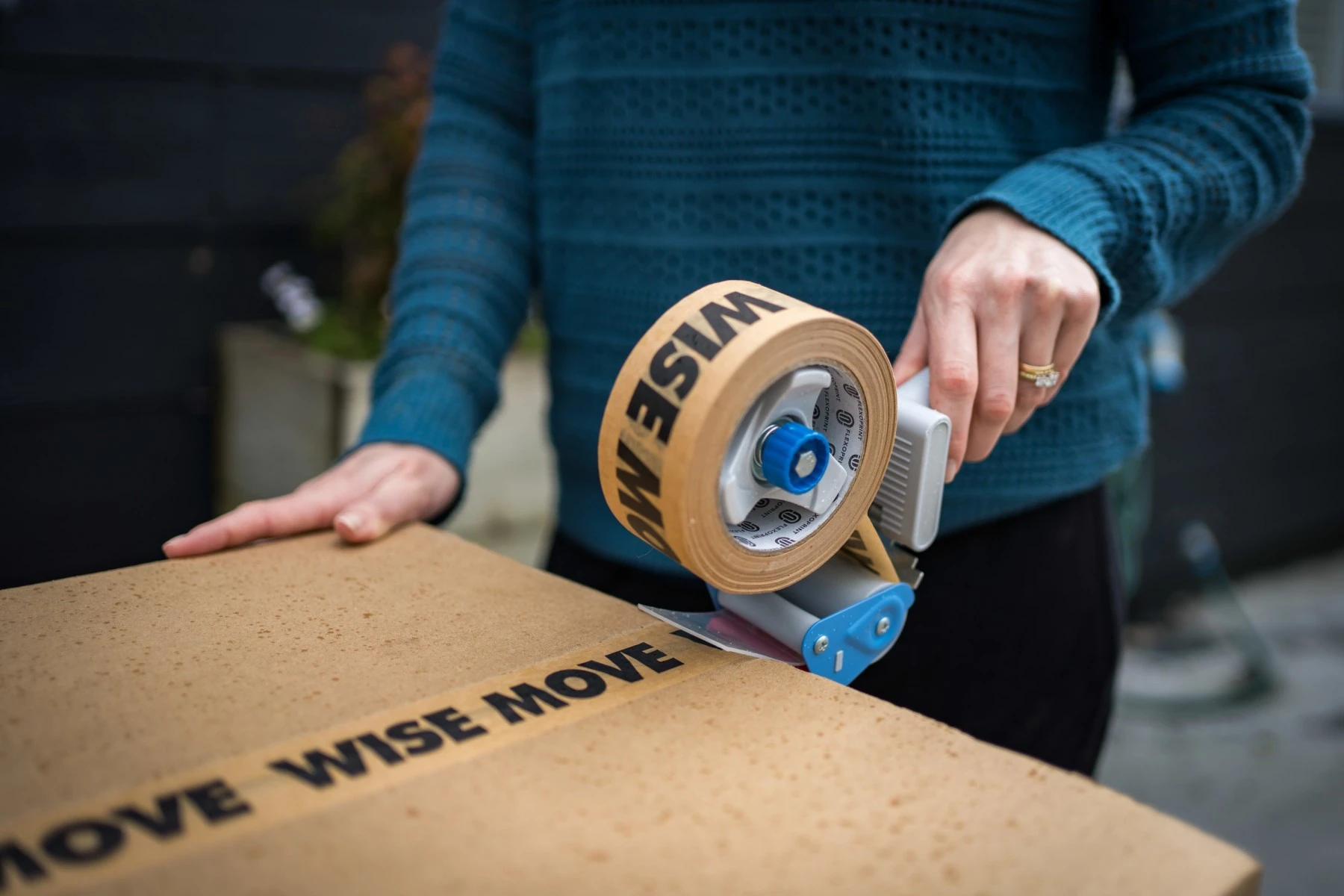
Packing matters. It's one of those essential processes that can make or break a successful office relocation. Done poorly, it can lead to lost time, damaged equipment, and unnecessary stress. Done well, it ensures your move runs smoothly and your team gets back to work faster with minimal disruption to your business.
Here’s how to pack efficiently and safely for your office move
1. Label each box with the department name first, followed by the contents
This helps movers quickly identify where each box should go in the new space, making unpacking easier for your team. For example, “Finance – Archive files” is clearer than just “Files.” Professional moving teams are used to working with this kind of system, which speeds up both loading and unloading.
2. Apply colour-coded labels or tags to boxes for different teams
This simple trick goes a long way. For example, colour-coding each department—blue for marketing, green for accounts, red for HR. That way, movers and staff can easily identify which area each box belongs to. It reduces time spent asking where things go and helps the moving crew navigate multi-floor buildings, especially in larger office blocks.
3. Pack tech gear in original boxes if possible, and wrap cords separately
Laptops, screens, and other sensitive electronics should ideally be packed in their original packaging for maximum protection. If that’s not possible, professional movers can supply padded tech boxes and anti-static wrap. Always remove cords, label them, and pack them in a clearly marked bag. This avoids a messy tangle and saves your IT team hours on setup.
4. Get each team to create an essentials box with items they’ll need on day one
Things like chargers, stationery, access passes, hand sanitiser, and even the team kettle can go into a clearly labelled “Day One” box for each department. Your movers can load these last so they’re first off the truck.
5. Don’t overload the boxes as they may break in transit
Especially in New Zealand, where many offices are located in older or multi-storey buildings without lifts, it’s important to keep each box at a manageable weight. Your movers will thank you, and so will your insurance policy if anything gets damaged due to poor packing.
If packing feels like a big job, many of Wise Move’s providers offer full or partial packing services, including supplying boxes, wrapping materials, and even after-hours packing to avoid disruption. It’s a great option if your team is short on time or the move involves a lot of tech or fragile equipment.
Don’t forget about office cleaning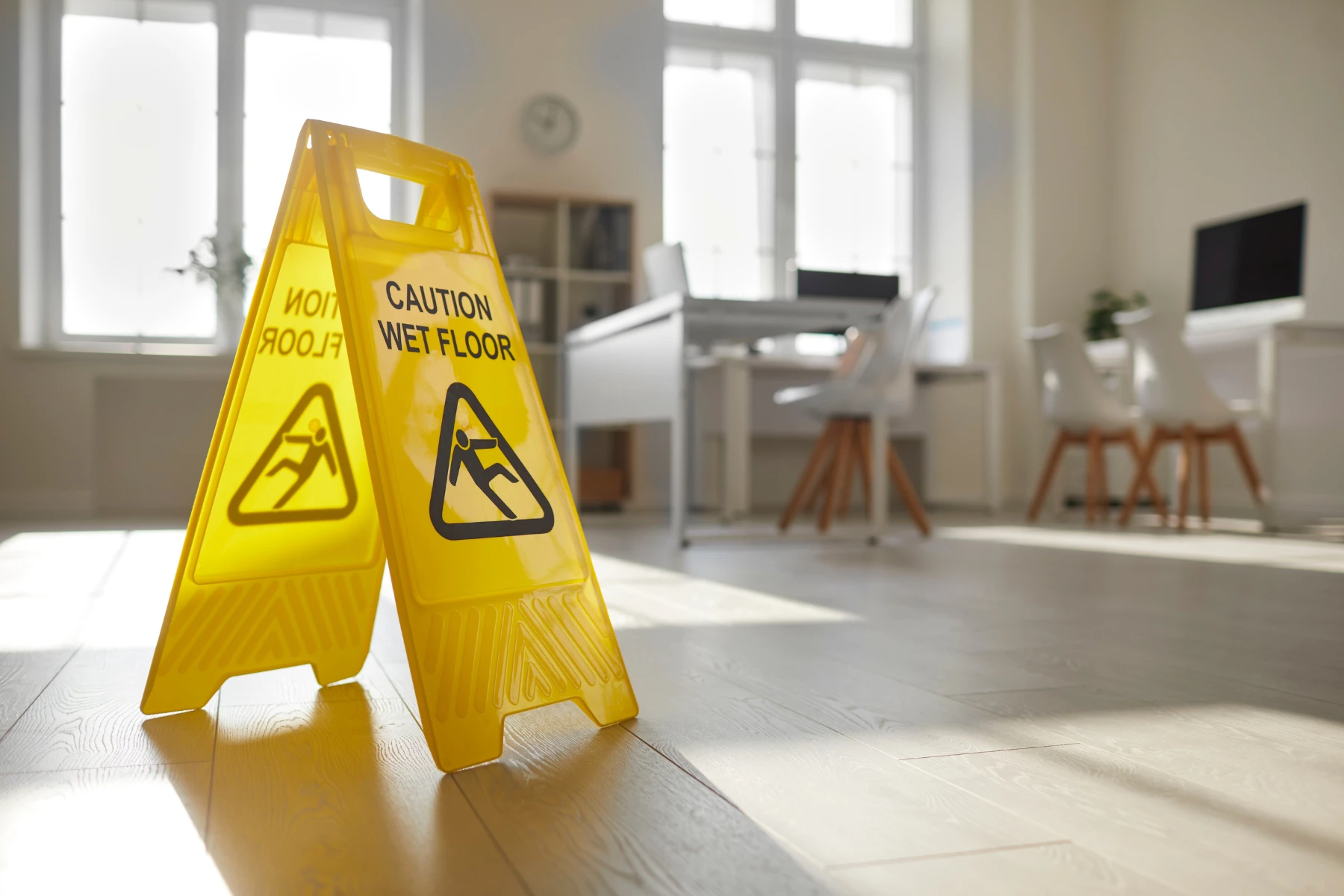
It’s easy to focus so much on the move itself that you forget about what’s left behind, but a proper office clean is a must-do.
Here’s why cleaning your office matters
-
Lease obligations: Most commercial leases in New Zealand require tenants to leave the premises clean and tidy. Failing to do so can result in penalties, withheld bonds, or awkward disputes with the landlord.
-
Professional courtesy: Leaving the office spotless is a good look, both for your brand and the next tenants. It shows respect and professionalism.
-
Save your team the hassle: Instead of asking your staff to vacuum floors or wipe down desks, consider hiring a commercial cleaner that offers end-of-lease cleaning services.
Tip: Schedule cleaning after everything has been moved out, and don’t forget the little things like defrosting the office fridge, cleaning carpets, or removing signage.
Common office moving mistakes to avoid
- Don’t delay planning your office move. For larger offices or large teams, you’ll likely need at least six months of planning for an effective office move.
- Don’t just hire the first mover you find. Make sure you hire professional movers, as using staff or casual labour can risk damage and delays. Use a site like Wise Move to do the hard work of comparing quotes for you.
- Don’t skip labelling each box well. Clearly mark each box with the department or area name followed by its contents. This will make the process of unpacking a lot faster.
- Don’t forget to plan for your IT infrastructure. Loop your IT department in early on so that they can plan internet, phones, and data security well ahead of time.
- Don’t forget to notify stakeholders. Trust us, they need more than just an email to remind them of your move. Send emails, add the information to staff email signoffs, notify service providers, and put a sign on the door of your building up to and after your move.
- Don’t overlook your post-move clean. Not cleaning your old office results in penalties, and it’s also not very nice for the next tenants.
Make it a wise office move
Planning an office move can feel overwhelming, from comparing quotes and coordinating logistics to ensuring your equipment and furniture arrive safely. But you don’t have to do it alone.
Wise Move makes the process simple, smart, and stress-free. As New Zealand’s leading moving marketplace, you can:
-
Get multiple quotes fast from trusted NZ movers using a single request.
-
Read real customer reviews and ratings to compare options with confidence.
-
Book verified and vetted professional movers experienced in office moves.
-
Save time and money by avoiding the hassle of contacting providers individually.
Hundreds of businesses have already used Wise Move to make their relocations easier. One customer, Haley from Christchurch, shared:
“Couldn’t rate higher. They were on time, thorough, friendly, and so helpful. They were very accommodating when our new office location threw a spanner in the works with much smaller doors than usual. Would use again and highly recommend. Thank you very much.”
FAQs: Preparing for an office move
How far in advance should I start planning an office move?
Ideally, start planning at least 3-6 months before your move date. This gives you time to review your lease obligations, secure a new space, compare moving quotes, and communicate clearly with your team and suppliers.
What should I look for when choosing a new office space in New Zealand?
Prioritise location, earthquake safety, accessibility, and amenities. In New Zealand, seismic strengthening is a key factor. Check the building’s NBS (New Building Standard) rating. You’ll also want to ensure the space is wheelchair accessible (especially if you’re in government), close to public transport, and has adequate parking and shared facilities like kitchens or meeting rooms.
What is NBS, and how do I know if my building is safe?
The NBS rating is a measure of how well a building would perform in an earthquake compared to a new building built to current code. The NBS rating is expressed as a percentage:
-
100% NBS = fully compliant with today’s Building Code for new buildings.
-
67% of NBS = meets 67% of requirements. It is considered low risk / acceptable for occupation.
-
34–67% of NBS = considered a moderate risk in an earthquake..
-
Below 34% NBS = considered earthquake-prone under the Building Act.
What are the legal NBS requirements for an office building?
In New Zealand, there is no ‘minimum NBS’ rating legally required for office buildings. However, if a building is officially classed as earthquake-prone (usually under 34% NBS), the owner is required to actively fix it within the legal timeframe set by the local council but it can legally still be occupied. It’s up to you to enquire about NBS ratings. Government departments typically require office spaces with at least 67% NBS, and in many cases, 80% or higher.
Do I need a professional moving company, or can I do it myself?
For most businesses, hiring a professional office relocation company is well worth it. Movers experienced in commercial relocations can help with packing, transport, and setup, saving you time and reducing the risk of damaging valuable equipment. It’s also not a good idea (for health and safety reasons) to ask staff to move office furniture if it's not part of their contractual obligations.
What should I include in an office move budget?
Include moving costs, IT setup, packing supplies, downtime, cleaning, and any furniture or fit-out expenses. Don’t forget to budget for contingency items like overtime, unexpected repairs, or storage if there’s a gap between move-out and move-in dates.
How can I make the transition easier for my team?
Involve them early, communicate often, and provide a clear move-day plan. Assign responsibilities, offer a walkthrough of the new space, and be available to address concerns or hiccups. A well-organised move reduces stress and helps your team feel settled and supported from day one. Using a platform like Wise Move makes it easy to find reliable and trusted New Zealand movers.
What do our customers say?



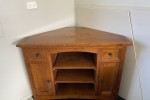


For every (wise)move



